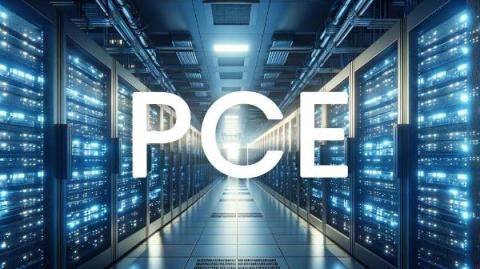Operations | Monitoring | ITSM | DevOps | Cloud
Data Centers
Navigating Challenges with Precision: A Guide to Remote Incident Response for Data Center Operations Managers
Safeguarding Operations: A Comprehensive Guide to Disaster Recovery and Business Continuity for Data Center Managers
The Benefits of Using DCIM Software for Data Center Cable Management
Enhancing Data Center Efficiency and Sustainability with Power Capacity Effectiveness
PCE is a performance metric that evaluates the effective utilization of power in data centers. It measures the ratio of IT equipment power to the total power consumed, encompassing all aspects of the facility’s operations, including cooling and lighting. Unlike traditional metrics, PCE provides a comprehensive assessment of how power is used within data centers, aiming to optimize the actual power capacity available.
Data Center Liquid Cooling 101
As rack densities in data centers increase to support power-hungry applications like Artificial Intelligence and high-performance compute (HPC), data center professionals struggle with the limited cooling capacity and energy efficiency of traditional air cooling systems. In response, a potential solution has emerged in liquid cooling, a paradigm shift from traditional air-based methods that offers a more efficient and targeted approach to thermal management.
Cyber Security - The Beacon of Trust
As John Lennon once said, another year over…and a new one just begun. As we head into 2024, it’s important to reflect on what we’ve seen and where we need to focus in the year ahead.
Video analytics at the edge: How video processing benefits from edge computing
Computer vision: digital understanding of the physical world From face recognition to fire prevention, autonomous cars to medical diagnosis, the promise of video analytics has enticed technology innovators for years. Video analytics, the processing and analysing of visual data through machine learning and artificial intelligence, is perceived as a significant opportunity for edge computing.
EP2: The Unsustainable Truth: Data Centers' Dirty Little Secret w/ Dean Nelson
The Unsustainable Truth: Data Centers' Dirty Little Secret
Learn more about how modern DCIM software is being used to measure the power capacity effectiveness (PCE) of data centers. Schedule a free one-on-one demo of Hyperview today.








